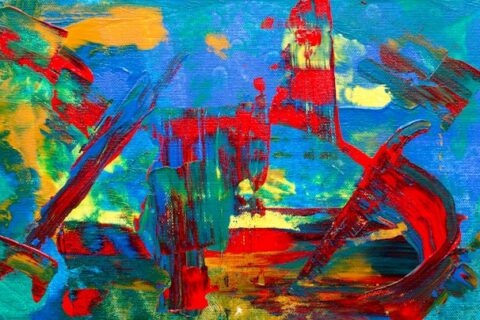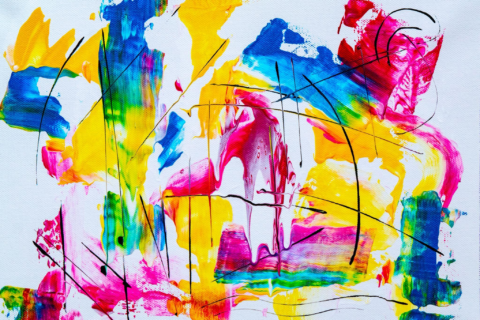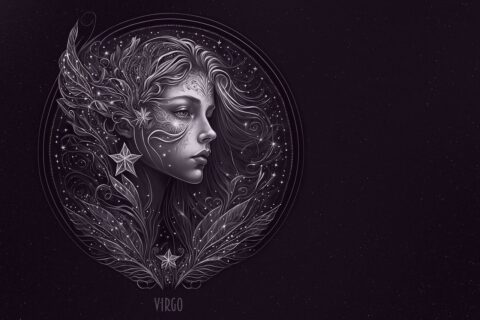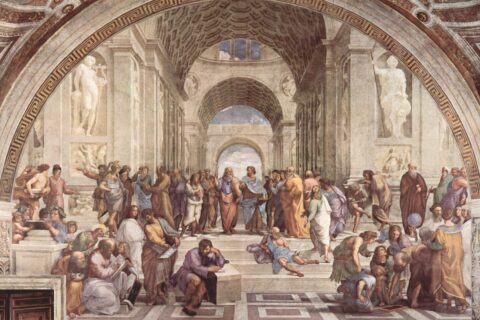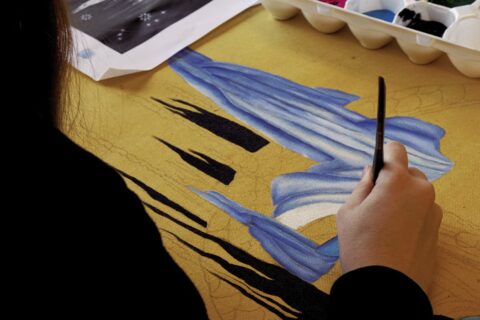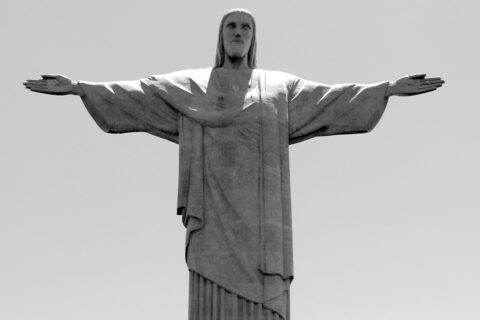
Easel sculpture
- Leake Camille
- October 23, 2020
- Types of sculpture
- No Comments
A type of sculpture, one of the most important areas of easel art.
Easel sculpture includes various types of sculptural composition (head, bust, belted or three-quarter image, figure, group), various genres (portrait, narrative, symbolic or allegorical composition, animalistic – the image of the animal world).
In the last decades of the 20th century genres that were unusual for sculpture – still life and landscape (most often in ceramic sculpture) – emerged. New forms of easel sculpture appeared – abstract compositions, objects on the verge of an object, technical construction and sculpture. easel sculpture uses different technical methods – modeling, cutting, carving, casting, hammering, forging, embossing, welding, various materials – stone, metal, wood, clay, gypsum, ceramics, glass, plasticine, wax, synthetic polymer compositions. Ready-made objects borrowed from everyday life or technical sphere can also be introduced into the composition.
Easel sculpture, both cult and secular, has been known since antiquity: it was widespread in the art of the Ancient East and antiquity (portrait, votive sculpture, small plastics). In Modern times easel sculpture meant work intended for exhibitions, museums, public and private interiors (in the 19th century the notion of “cabinet sculpture” arose) and for sale on the art market.
Easel sculpture is intended for perception from a close distance, it is not connected with the objective environment and the architecture of a particular interior, it assumes continuous contact with the viewer, encouraging him to empathize. The usual size of easel sculpture is less than natural size, equal to it or slightly higher.
Easel sculpture is characterized by narrative, psychological, often using the language of metaphor and symbol. By virtue of the relative independence of the surrounding environment and the architectural situation, as well as the diversity and mobility of used techniques easel sculpture can have a pronounced experimental character. It can easily embody new ideas, comprehensively manifested features of the author’s individuality.
In the XX century easel sculpture, expanding its species and genre boundaries, is getting closer to painting, arts and crafts, architecture and theater.
Animalistic genre
Animalistic genre involves the image of animals. Such statues are often installed in parks or public gardens. Public recreation areas and serve to decorate the existing space.
Idealistic genre.
Station sculpture can be of the idealistic genre, when the author tries to allegorically convey a feeling, such as kindness or past-future. The artist tries to convey feelings through various hints.
Portrait genre.
Portrait genre sculpture conveys the real appearance of various historical figures. In the past, when there was no photographic technology, various scanning tools, sculptors and artists portrayed kings, nobles, philosophers or other worthy important people to give descendants an idea of the real faces of their ancestors.
This type of sculpture, at different eras, was especially popular among the nobility.
The historical genre
The historical genre depicts various historical scenes through single-figure or multi-figure compositions. Which depicts scenes of battle, victory, celebration, and more. Sculptor Emphasis is placed on costumes and other decorative elements, emphasizing the characteristic of the era conveyed by the author.
Mythological genre
The mythological genre involves depicting mythological characters from different cultures and their stories and scenes with their direct participation. At this time it is important for the sculptor to convey the personality of mythological characters through various distinctive elements. Poseidon, for example, holds the famous samovar. Sirenosis shows his tail, etc.
